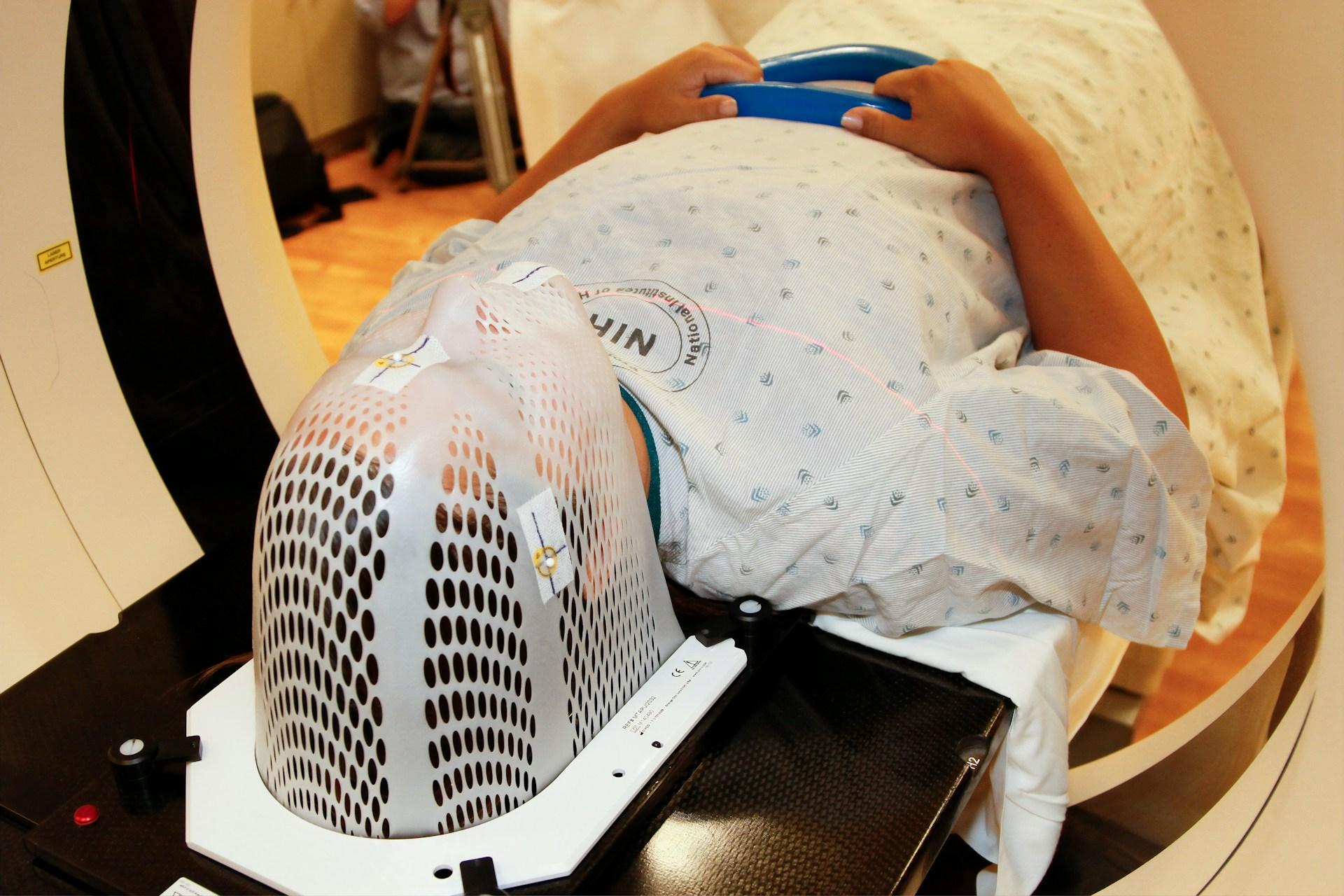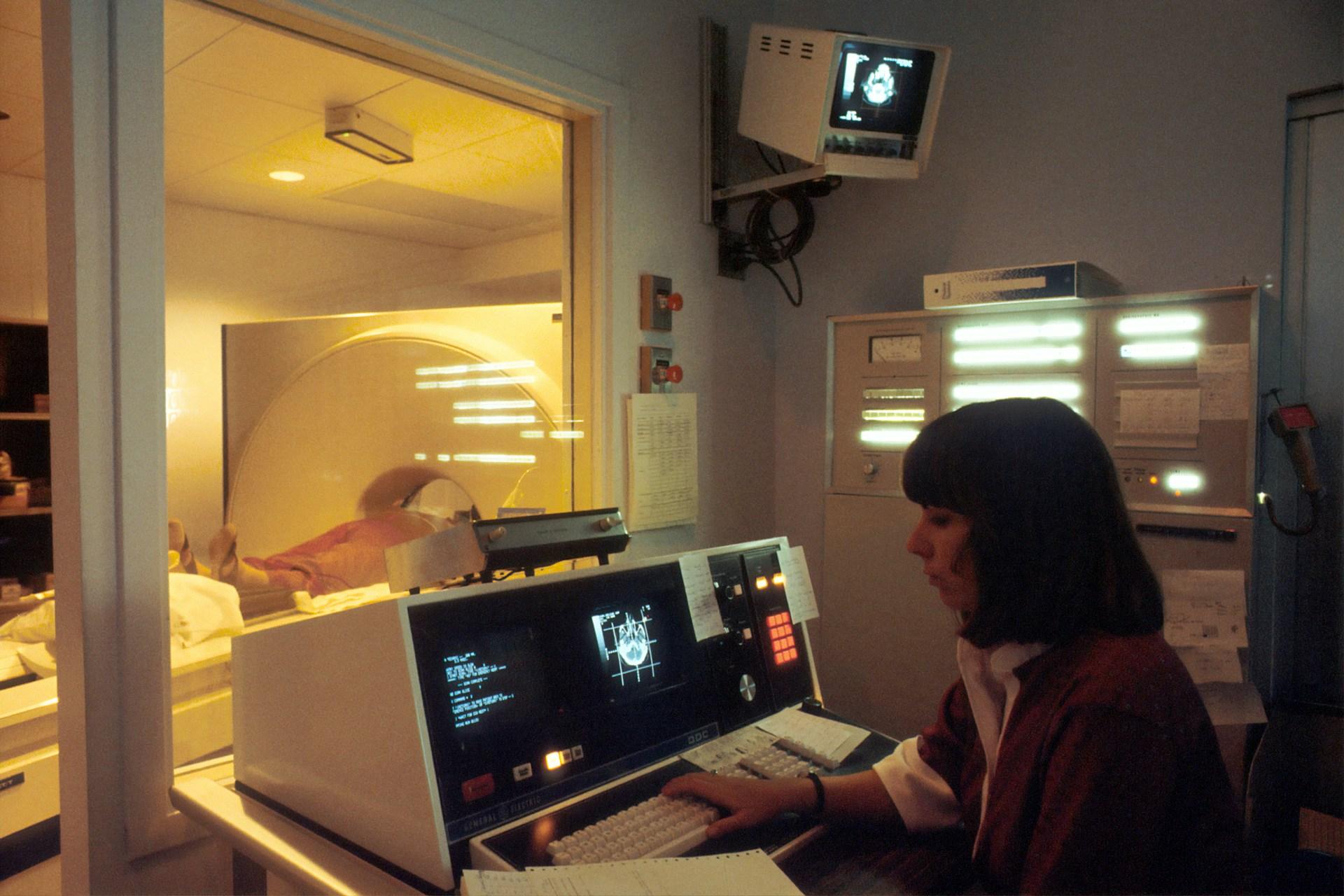For many individuals, Magnetic Resonance Imaging (MRI) scans represent a crucial tool in the diagnosis and monitoring of various medical conditions. These non-invasive imaging procedures provide detailed insights into the body’s internal structures and functions, aiding healthcare professionals in making informed decisions about patient care. However, for a subset of patients, the experience of undergoing an MRI scan is accompanied by the onset of headaches, raising questions about the potential causes and implications of this phenomenon.
Deciphering the Experience:
The occurrence of headaches following MRI scans, though relatively uncommon, is a documented phenomenon that warrants attention and understanding from both healthcare providers and patients. While headaches can stem from a variety of factors, several key considerations may contribute to their onset in the context of MRI examinations:
- Physical Discomfort: The confined space of the MRI machine, coupled with the need to remain still for an extended period, can induce feelings of discomfort and claustrophobia in some individuals. These sensations may manifest as tension headaches or stress-related symptoms during or after the scan.
- Noise Exposure: MRI scanners produce loud, repetitive noises during imaging procedures, which can reach levels of up to 100 decibels or more. Prolonged exposure to such intense auditory stimuli may trigger headaches or exacerbate existing migraine symptoms in susceptible individuals.
- Contrast Agents: In certain cases, patients undergoing MRI scans may receive intravenous injections of contrast agents, such as gadolinium-based substances, to enhance the visibility of specific tissues or abnormalities. While rare, adverse reactions to contrast agents, including headaches, allergic responses, and nausea, have been reported in some patients.

Exploring Potential Causes:
The precise mechanisms underlying headaches following MRI scans remain the subject of ongoing research and debate within the medical community. While individual susceptibility and sensitivity to environmental stimuli play significant roles, several factors may contribute to the development of post-MRI headaches:
- Vascular Changes: The magnetic fields and radiofrequency waves employed in MRI imaging can induce transient alterations in cerebral blood flow and vascular dynamics. These changes may disrupt normal regulatory mechanisms within the brain, potentially leading to headaches or vascular-related symptoms in susceptible individuals.
- Dehydration: Prolonged fasting or inadequate fluid intake before an MRI scan can predispose patients to dehydration, which may exacerbate headache symptoms and contribute to feelings of discomfort during the procedure. Maintaining proper hydration levels before and after the scan is essential to mitigate the risk of dehydration-related complications.
- Sensory Overload: The sensory environment within the MRI suite, characterized by loud noises, bright lights, and restricted movement, can overwhelm the sensory processing systems of some individuals. This sensory overload may trigger physiological stress responses and neurological symptoms, including headaches, in susceptible individuals.
Addressing Patient Concerns:
Recognizing and addressing the potential for headaches following MRI scans is paramount to ensuring patient comfort and well-being throughout the imaging process. Healthcare providers can adopt various strategies to mitigate the risk of headache development and enhance the overall patient experience:
- Pre-Scan Preparation: Patients scheduled for MRI scans should receive comprehensive pre-scan instructions, including guidance on hydration, medication use, and relaxation techniques to minimize stress and discomfort during the procedure.
- Communication and Support: Open communication between patients and healthcare providers is essential to address any concerns or apprehensions regarding the MRI scanning process. Healthcare teams should offer reassurance, answer questions, and provide emotional support to alleviate patient anxiety and enhance cooperation during the scan.
- Environment Optimization: MRI facilities can implement measures to optimize the sensory environment within the scanning suite, such as offering earplugs or headphones to attenuate noise levels, providing visual distractions or relaxation techniques, and ensuring adequate ventilation and temperature control to enhance patient comfort.
Conclusion:
Headache after MRI scans represent a multifaceted phenomenon with potential physiological, psychological, and environmental determinants. While the exact mechanisms underlying post-MRI headaches require further elucidation, healthcare providers must remain vigilant in recognizing and addressing patient discomfort during the imaging process.
By adopting a patient-centered approach that emphasizes communication, preparation, and environmental optimization, healthcare teams can minimize the risk of headache development and enhance the overall quality of care for individuals undergoing MRI examinations. As our understanding of post-MRI headaches continues to evolve, collaborative efforts between researchers, clinicians, and patients will play a pivotal role in advancing knowledge and improving outcomes in diagnostic imaging practice.



